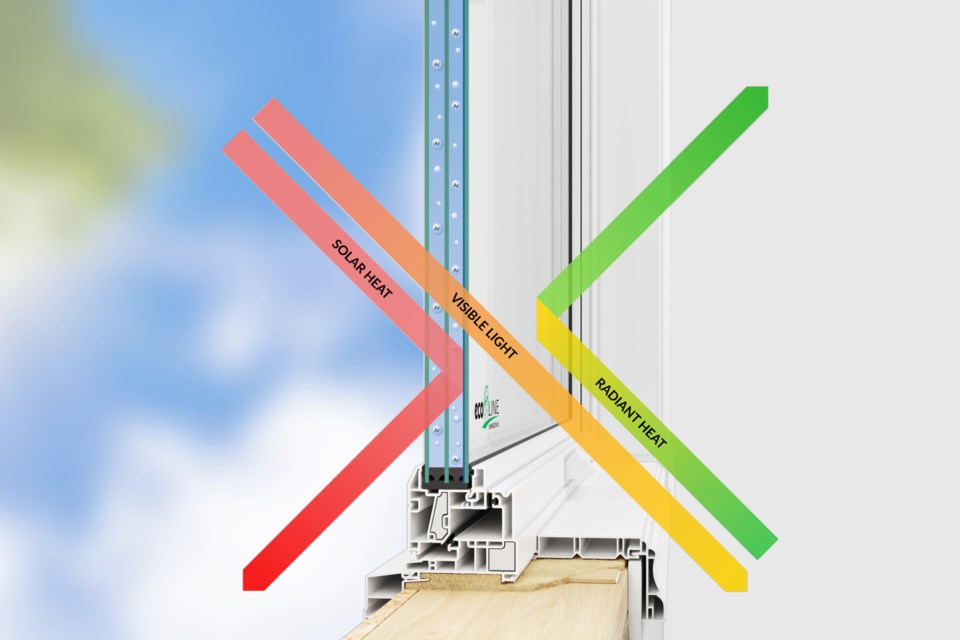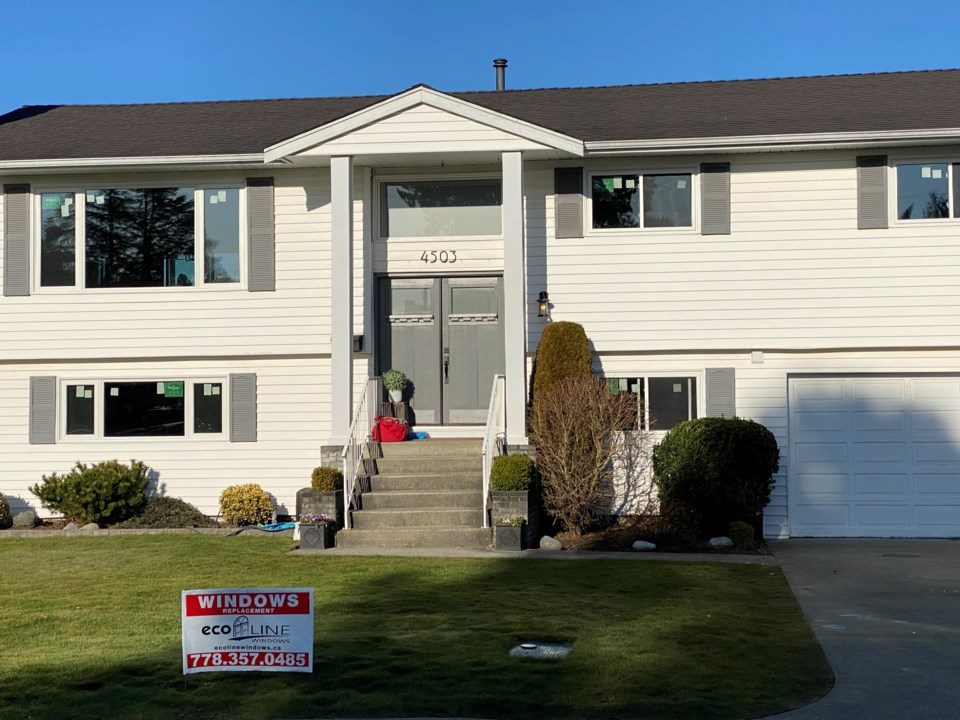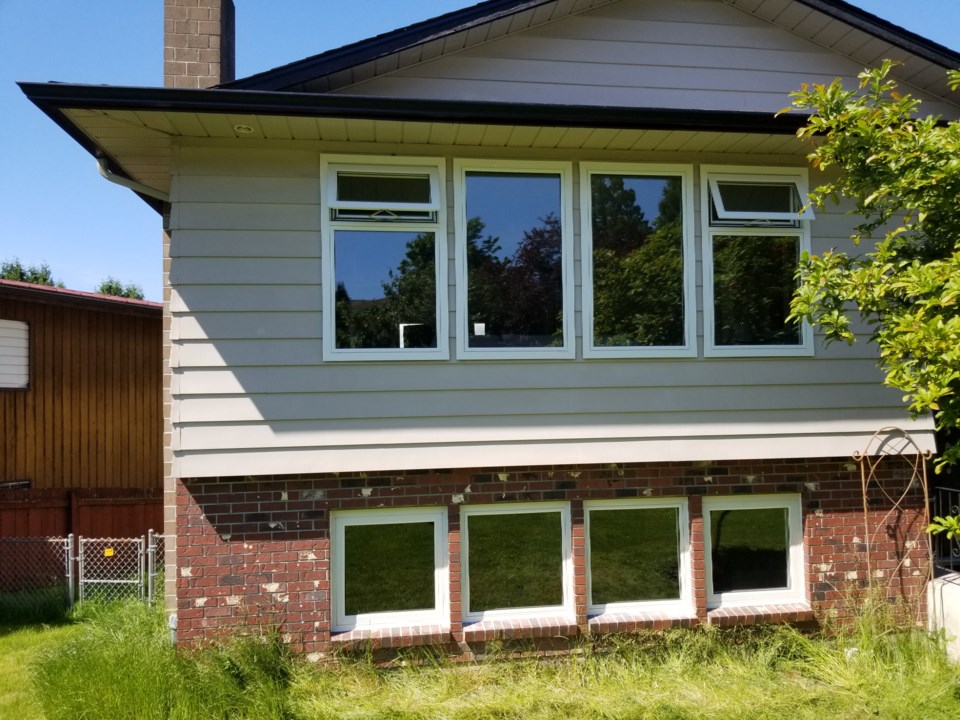You can not probably find a building material more versatile than glass. Its use can be drastically different in various construction fields, and the glass manufactured today is definitely more advanced compared to the glass made just a few years ago.
Low-E glass has the tremendous potential to transform your home's performance of all the glass options on the window market today.
If you've considered investing in new replacement windows, you've probably heard many discussions about Low-E glass and how it impacts the thermal performance of new windows.
Here’s a quick overview of Low-E glass – how it functions, what types are available, and how to integrate the best windows in B.C. to improve the overall energy efficiency of your house significantly.
What is Low-E glass?
To make things clear: the "E" here stands for emissivity. When a glass surface absorbs heat or light energy, it's either reflected off the surface or radiated through it. Hence, a material's capability to release energy is known as emissivity.
But how does this impact your windows? Well, energy radiating allows for heat transfer in window glass. Low-E windows release less energy, so they transmit less heat, which allows for better insulating properties.
When any heat energy (from the sun or your HVAC system) hits a Low-E window unit, it is reflected back from where it came from instead of escaping through the window. As a result, houses with Low E glass windows are able to retain heat during the chilly winter months while letting it bounce off during the hot summer months. This approach helps to save a lot on your annual energy bills.

How does Low-E glass work?
Low-emission glass uses a thin, invisible coating of metal or metal oxide embedded in the glass surface to restrict heat transfer and insulate windows, minimizing energy losses by up to 30–50%.
Low-E coatings are designed to assist windows in managing or regulating the amount of heat they absorb and emit. This helps windows in improving their insulating properties. There is, however, no one-size-fits-all solution because the requirements of every home vary in different climates.
In addition to that, because the glass is UV-resistant, sunlight won't deteriorate carpets, drapes, sofas, or other furnishings.
What are the types of Low-E glass?
The two most common types of Low-E glass in Canada are passive Low-E coatings and solar control Low-E coatings.
Passive Low-E coating
- This kind of low-E coating is frequently applied in colder climates.
- It reduces the strain on artificial heating sources and enables households to make the most of solar heat gain.
- They are called passive coating because instead of actively attempting to reflect solar heat back out, these low-E coatings concentrate on keeping it within.
- By bouncing back long-wave infrared radiation back into the house, coatings on these surfaces help to control heat better.
Solar control Low-E coating
- This kind of Low-E coating is often seen in hot climates;
- It facilitates the reflection of unwanted solar heat from windows and reduces the burden imposed on artificial cooling systems.
- As their name implies, these Low-E coatings reflect short-wave infrared and prevent heat from entering the house.

How to choose the Low-E glass
Canadian homeowners should consider many vital aspects when choosing new replacement windows with Low-E coating for their home renovation projects.
The key consideration here is picking the windows for your particular climate. The correct combination of windows can keep your home warm in winter and cool in summer, but only if installed properly.
The best way to choose and install energy-efficient windows that work best for your house is to consult with knowledgeable window experts who can help guide you through the complete glass selection process and ensure your units qualify for available B.C. window rebates.
Moreover, make sure you know the terminology that window manufacturers often use to grade their Low-E windows:
- U-Value: This indicator represents how well a particular window stops heat from escaping your home (a lower U-factor means the glass is better at preserving the heat).
- Solar Heat Gain Coefficient (SHGC): This indicator estimates the ability of the glass to block heat from the sun from entering the house (a lower SHGC rating shows that your window is better at blocking heat gain).
- Visible Transmittance (VT): The indicator indicates how much light the glass lets pass through (high visible transmittance rating implies more sunlight gets through).
Low-E glass windows have become incredibly popular and are the gold standard for green, energy-efficient homes in Canada.
If you want to lower your energy bills, increase the thermal performance of your house and enjoy comfortable temperatures all year round, LoW-E glass replacement windows are definitely worth installing.



